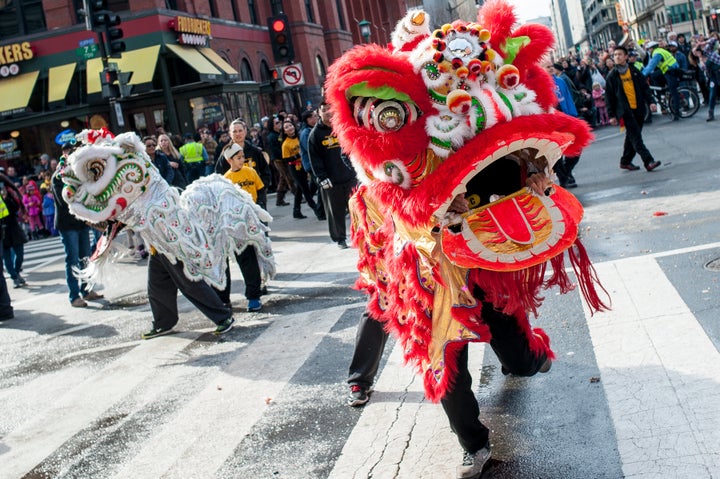
Lunar New Year falls on Monday and marks the beginning of the Year of the Monkey. Also called Chinese New Year, or the Spring Festival, the holiday is steeped in layers of myths and traditions. It is celebrated in many countries throughout Asia, including Japan, Korea, and Vietnam, and in other parts of the world where people with Asian heritage have settled. It is a time for families to come together to eat good food and participate in cultural traditions. Here's what you need to know about this celebration.
1. The date for Lunar New Year depends on the lunisolar calendar, which charts time based on the movements of both the moon and the sun. On the Gregorian calendar, the holiday will generally fall between Jan. 21 and Feb. 20. The festival reportedly traces its origins to the Shang Dynasty (between 1600 BC and 1100 BC), when people offered sacrifices to gods and ancestors to mark the end of an old year and the beginning of a new year. A legendary wild beast named Nien (or "year") was thought to attack people at the end of the old year. Villagers would use loud noises and bright lights to scare the creature away, a practice that slowly morphed into the Lunar New Year festivities.
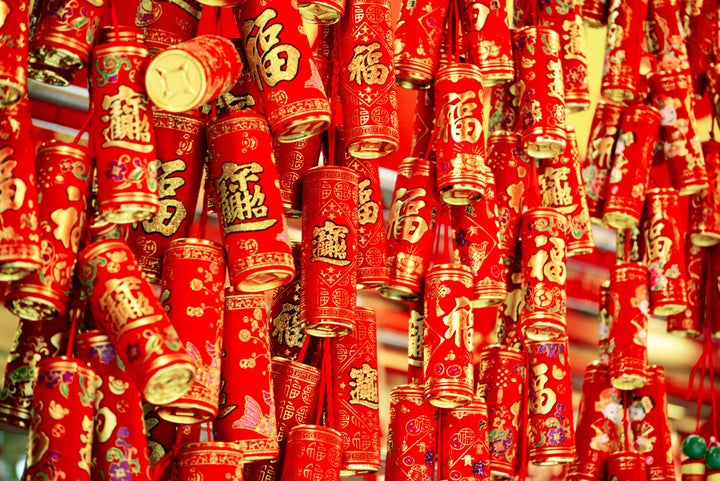
2. While the Western zodiac system is divided into 12 months, the Chinese zodiac is divided into 12 years. Each year is associated with an animal: rat, ox, tiger, rabbit, dragon, snake, horse, sheep, monkey, rooster, dog and pig. People are said to be influenced by the personality of the animal that rules their birth year. There are a number of legends that tell the story of how the years were ordered. In one legend, Buddha called all the animals of the world to him before he left the earth. The only ones that listened were these 12 animals, so Buddha named a year after each of them in the order that they arrived.
Another legend has the animals racing to see the Jade Emperor, which some Chinese traditions consider to be the ruler of Heaven. An old ox was in the lead, but he was a kind animal and when he saw a rat trying to cross a river, he stopped to help. But the rat was cunning -- just when they were about to climb onto the shore, the rat jumped off the ox and ran to the finish line, becoming the first animal in the cycle.
3. This is the Year of the Monkey, the ninth animal in the cycle. The monkey features prominently in many ancient Chinese legends. People born in the Year of the Monkey are said to be intelligent, clever, and gregarious, but also mischievous. They are skilled and smart, but shortcomings, like a quick temper and a touch of arrogance, tend to hold them back.
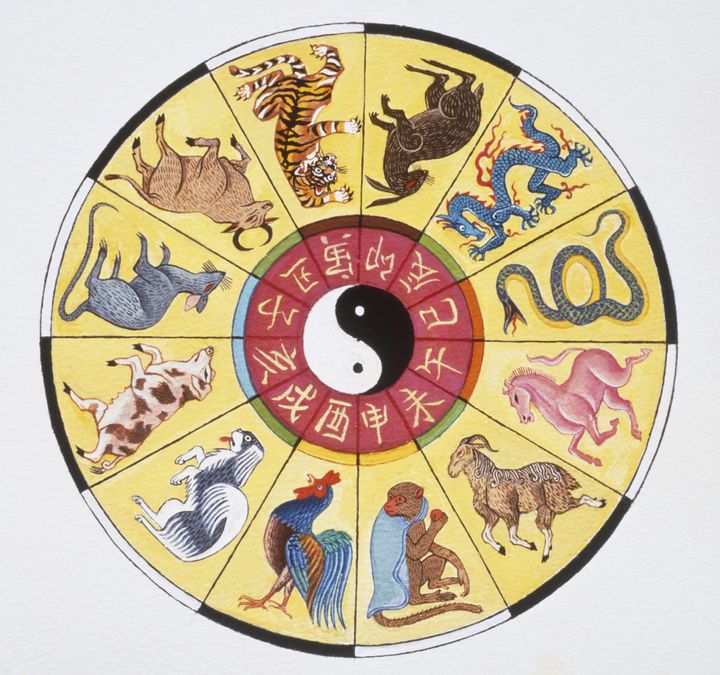
4. Although Lunar New Year is rooted in religious traditions, in recent decades the holiday has become a largely cultural celebration. Still, it's a time when many people think about building up good luck for the year to come. Some families avoid doing certain things to make sure that they don't unwittingly set a precedent for the entire year. For example, people won't wear old, damaged clothing, so as not to carry bad luck into the new year. Some families try not to wash laundry, handle knives, or take out the garbage on this day to make sure they don't throw their good fortune away. Others believe it's mandatory to stay up late to welcome the new year.
5. It's customary for adult children to travel home to be with their families during the holidays, particularly for the biggest celebration, which falls on New Year's Eve. This tradition leads to a massive travel season in China. In 2016, travelers were expected to make 2.9 billion trips between Jan. 21 and March 3, with the majority of those trips happening around Lunar New Year. The Chinese government has instituted a weeklong public holiday to celebrate the new year, giving people the chance to return to their hometowns or take vacations abroad.
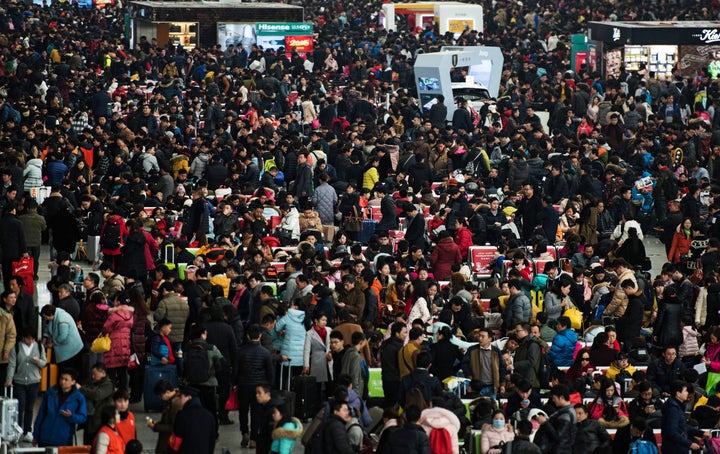
6. The 15 days of New Year celebrations are filled with cultural activities. The most important meal is the one that falls on New Year's Eve. Families will eat traditional foods on that day, such as rice cakes, tangerines, fish, long noodles, and dumplings. Parents give their unmarried children red envelopes filled with money, called hong bao, during the holiday. The color red is a symbol of good luck in some Asian cultures. People will decorate their homes with lanterns and paper scrolls. Some communities organize cultural celebrations, which include dragon dances, parades and firecrackers.
7. In China, the celebrations end on the 15th day of the new year with the Festival of Lanterns. Some believe that this is the birthday of Tianguan, the Taoist god of good fortune. Others say that the lanterns are related to a legend about the Jade Emperor, who became incensed after humans hunted and killed his favorite crane. He planned to send a firestorm to destroy the village that was responsible. One man suggested that villagers hang red lanterns outside their houses, which helped trick the Jade Emperor into thinking that the village was already on fire.
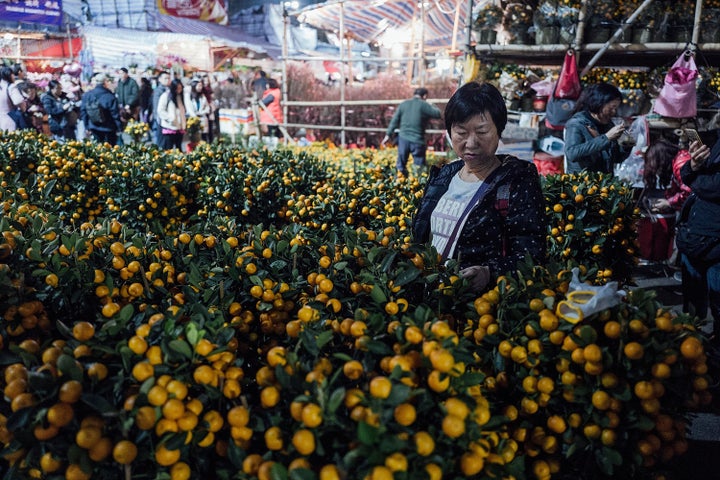
What zodiac year were you born in? Look at the chart below to figure it out. If your birthday is in January or February, remember that the exact date of Lunar New Year shifts every year.
Rat: 2008, 1996, 1984, 1972, 1960
Ox: 2009, 1997, 1985, 1973, 1961
Tiger: 2010, 1998, 1986, 1974, 1962
Rabbit: 2011, 1999, 1987, 1975, 1963
Dragon: 2012, 2000, 1988, 1976, 1964
Snake: 2013, 2001, 1989, 1977, 1965
Horse: 2014, 2002, 1990, 1978, 1966
Sheep: 2015, 2003, 1991, 1979, 1967
Monkey: 2016, 2004, 1992, 1980, 1968
Rooster: 2017, 2005, 1993, 1981, 1969
Dog: 2018, 2006, 1994, 1982, 1970
Pig: 2019, 2007, 1995, 1983, 1971
This article has been updated with additional information about other Lunar New Year celebrations.
Also On HuffPost:
